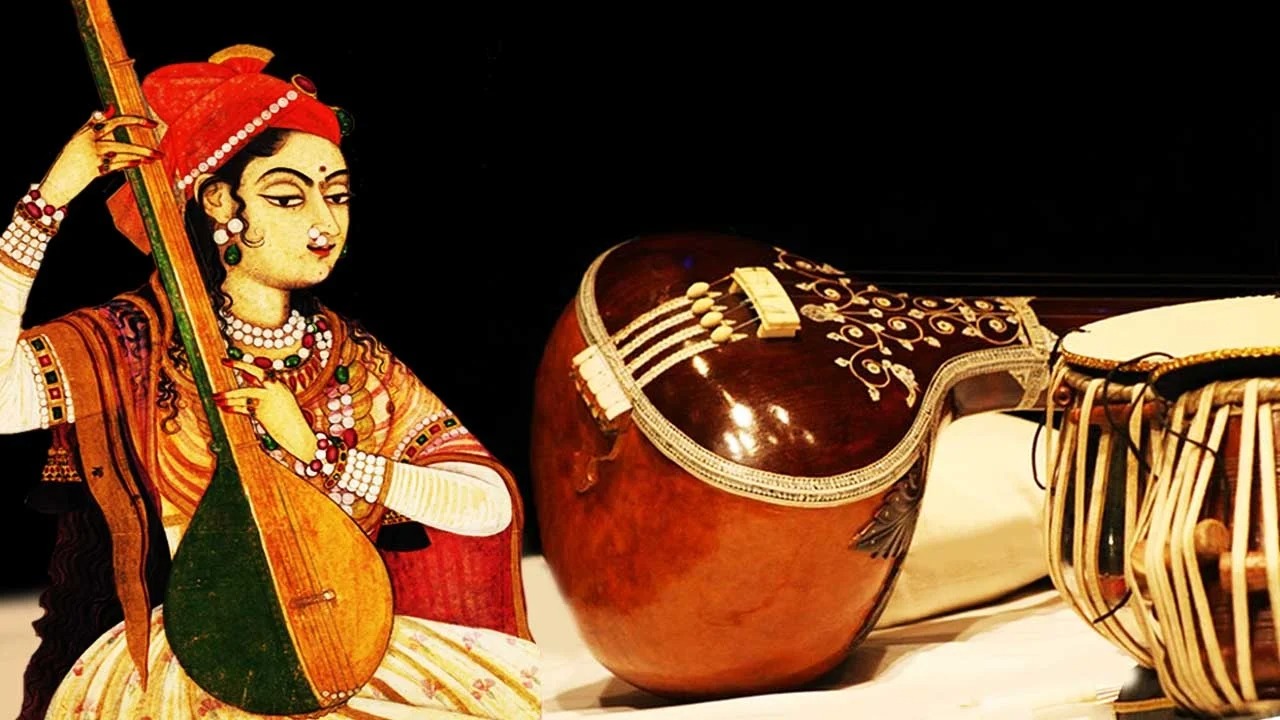A composition at the heart of a recital or a reflection of how an artiste understands the raga.
A bandish is the summary of a raga. Whether it contains words ( bandishes for khayal ) or doesn’t ( bandishes for instruments), it has to encapsulate the character of the raga in which it is set. That is the primary distinguishing feature between a bandish and, say, a song. Both are contained within a melodic structure, but the composer of a song is at liberty to introduce any note that makes aesthetic sense to him. The composer of a bandish cannot be as instinctive: his set of notes and their arrangement with respect to each other have to be governed by the grammar of the raga.
And yet, there are hundreds of bandishes in each raga. In the Hindustani tradition, most bandishes are composed by musicians themselves; each bandish , therefore is a reflection of how the artiste understands the raga. Two bandishes in the same raga may focus on different aspects of the raga and evoke contrasting moods. A bandish is often a token of musical lineage: many bandishes acquire the stamp of certain gharanas and singers from other gharanas would never sing them.
Apart from being a melodic interpretation of a raga, a vocal bandish also contains lyrics. But, unlike a song, the quality of a bandish , is almost never judged by its lyrics. The lyrical content of bandishes often doesn’t inspire engagement (to put it politely): repeated references to torment inflicted by the saas-nanad (familial squabbles) duo or to the sound of the payal risk making for mediocre literature. It must be said, though, that the simplistic lyrics did not compromise the syllabic value of the compositions. The sounds of the words somehow managed to blend with the notes; to listeners across generations, that is all that seemed to matter.
In 1954, Ustad Bade Ghulam Ali Khan was performing in Kolkata at the Dixon Lane residence of Pandit Jnan Prakash Ghosh. It was a riveting Chhayanat. During the recital, just after he starts his drut bandish, “ Newara baaje, baaje re mori payaliya / Jhanana jhanana jhana nana nana, ” he stops singing to tell his audience that the bandish is beautiful in spite of the “ mamuli bol, gharelu bol (ordinary and routine words)” that it contains. This is true for several bandishes : the lyrics don’t make for compelling literature; yet, the syllables placed in a particular melodic context create magical compositions.


Comments